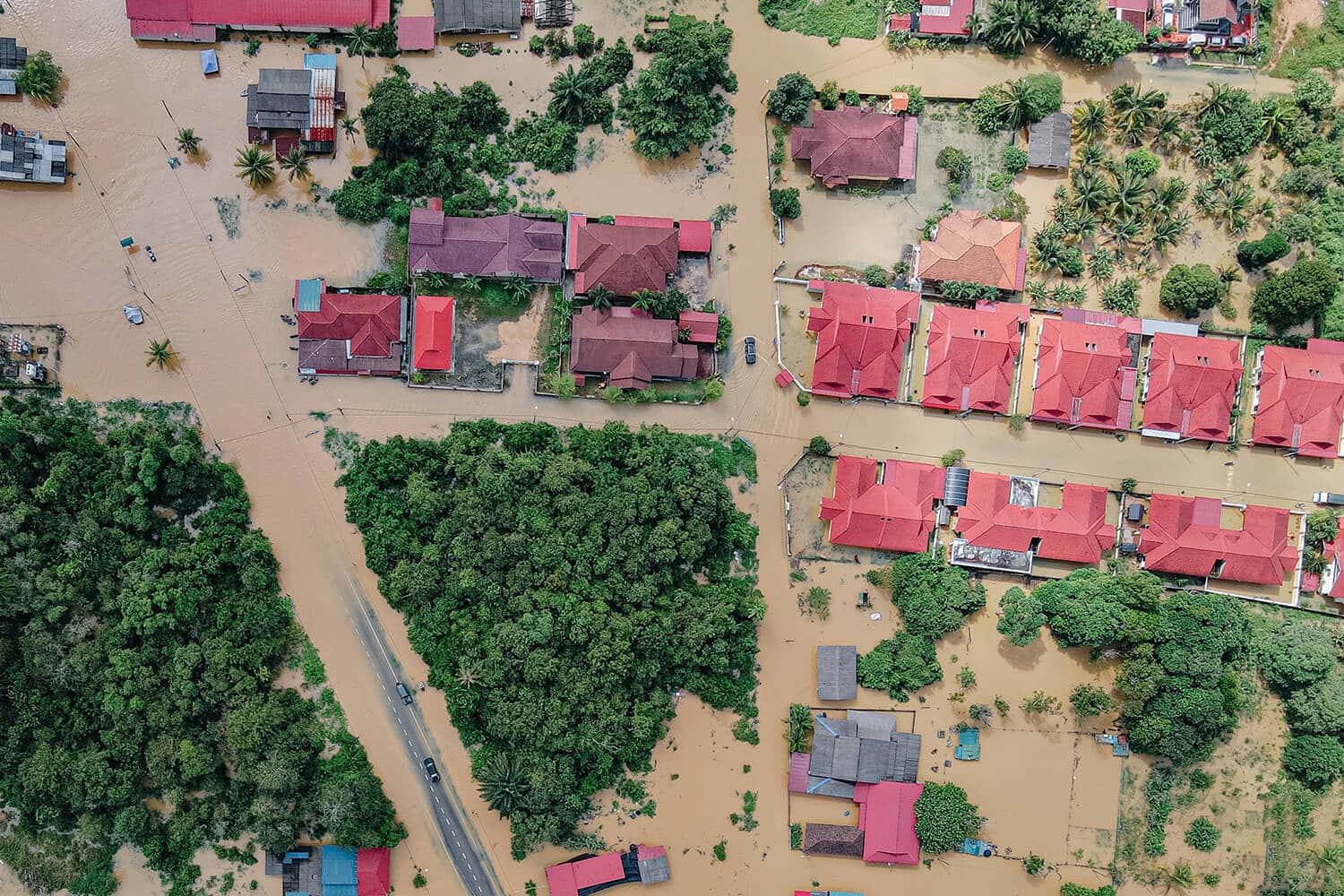The financial ramifications of flooding: A new approach to risk assessment built on LightBox nationwide location fabric
Climate-change-driven flooding in coastal regions and other parts of the country near large bodies of water is one of the biggest problems facing the commercial real estate industry. LightBox is playing an important role in helping stakeholders manage the risk by providing crucial data to First Street Foundation, a non-profit that makes climate-change data widely available.
According to First Street Foundation’s recently released Fourth National Risk Assessment, “While many analyses have focused on flood risk in relation to residential properties, insurance protections, and demographic populations, very little attention has been paid to the impact of flooding on the commercial market. This is notable given that the commercial market is often made up of the most valuable physical structures in communities, employs much of the local labor force, and generally plays a key role in the sustainability of the local, regional, and national economy.”
The costs related to flood damage include everything from repairing drywall or replacing an elevator to reinstalling HVAC systems or rebuilding entire floors. But the financial implications of flooding go beyond structural damage to buildings. Equally important is the direct and indirect economic impact stemming from reduced business output and other associated activity, which may slow down or halt because employees are unable to work in a damaged building. These factors will likely affect the future economic value of properties, introducing an additional risk that property owners and lenders will face.
The Next Level: Understand the Financial Impact of Flooding
First Street was the first organization to compute flood risk at the property level by intersecting flood models with LightBox’s Nationwide Location Fabric to estimate how deep water will be for every structure in the country under a variety of climate change scenarios. Now they’ve come up with a way to make their risk projections even more valuable. In partnership with Arup, a global consulting and engineering firm, First Street is revealing the financial impact of flooding for commercial properties. Brokers, lenders, appraisers, and others in the commercial real estate industry have long had access to flood data. Now that it can be presented in financial terms, stakeholders can better understand the risks and factor them into their risk-management strategies. This is a step forward in helping brokers, lenders, appraisers, and others in the CRE industry translate climate change data into actionable financial information.
For the First Street/Arup Fourth National Risk Assessment, LightBox contributed data about building characteristics that were used by First Street and Arup to categorize each property in the country into, i.e., whether a building is low-rise, non-timber, etc. Our Nationwide Location Fabric dataset, a combination of tax parcel boundaries, building footprints, and property data, covers almost the entire country and includes physical and financial characteristics such as type of structure—single-family, multi-family, medical, office, etc.—square footage, construction materials, past transaction value, tax assessment value, and more than 300 others.
First Street Foundation’s probabilistic flood model shows the risk of flooding at any location in the contiguous 48 states due to rainfall (pluvial), riverine flooding (fluvial), and coastal surge flooding. Working with more than 80 scientists, technologists, and experts, First Street has built on decades of peer-reviewed research and models from climatology, hydrology, and statistics to create an unprecedented flood model including high-resolution input data, multi-source flood hazard information, multi-return period hazard information, archetype-specific multivariate depth-damage functions, integration of GDP and economic multipliers information, and future-facing risk.
The Fourth National Risk Assessment is an important tool for the commercial real estate industry as it works to manage the risks and problems that flooding cause. LightBox’s role in the project is another example of how our data can be deployed to help solve today’s most pressing problems.
